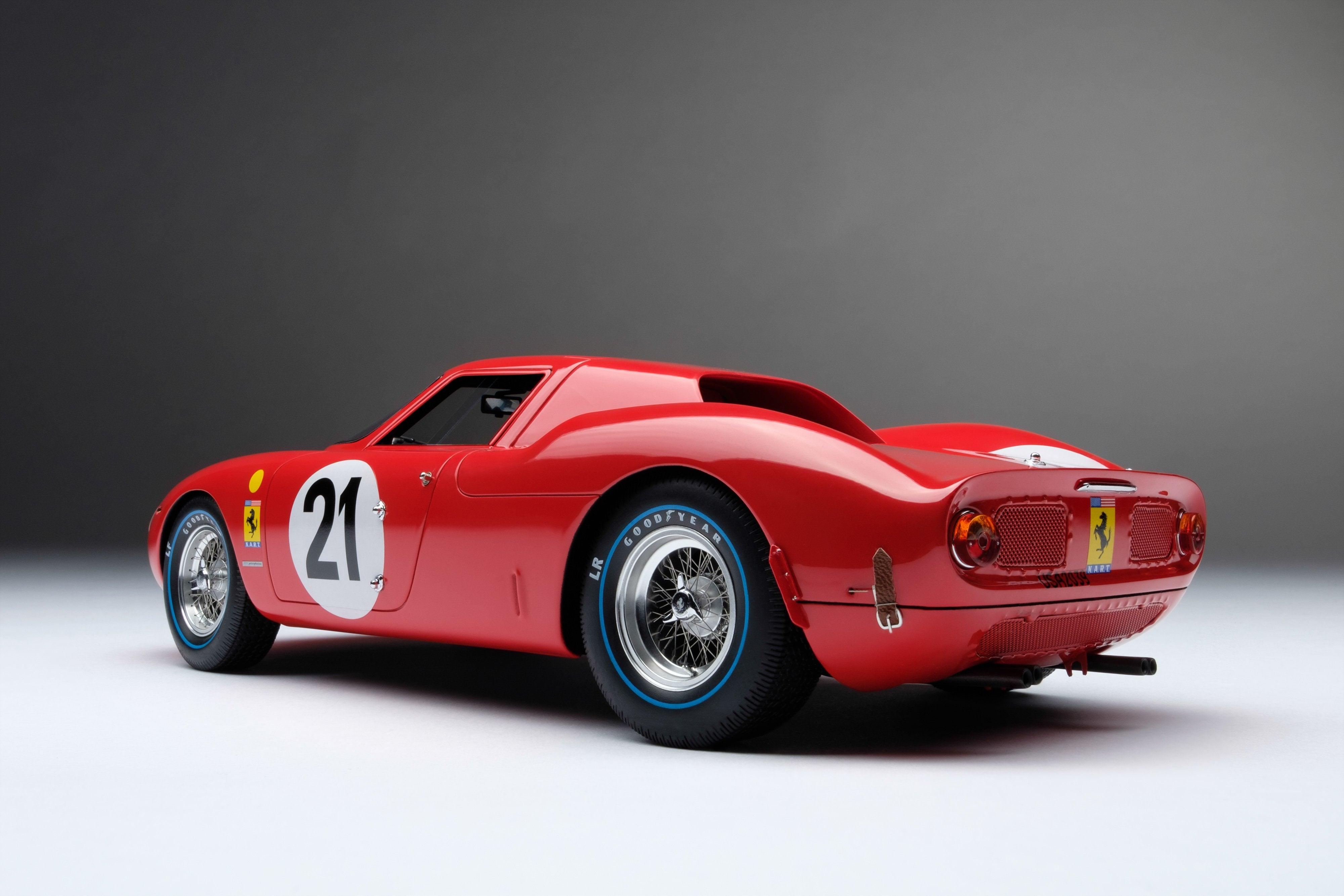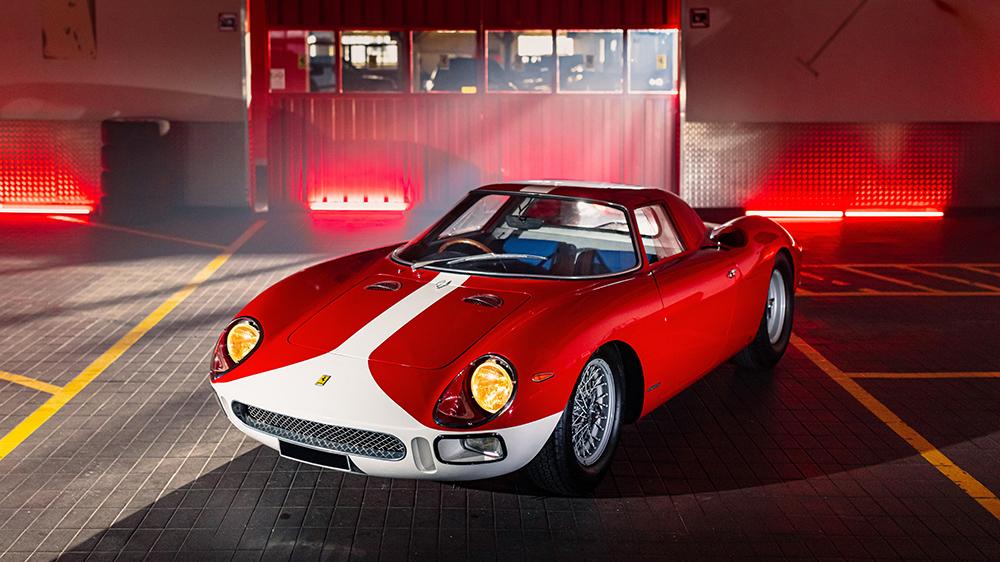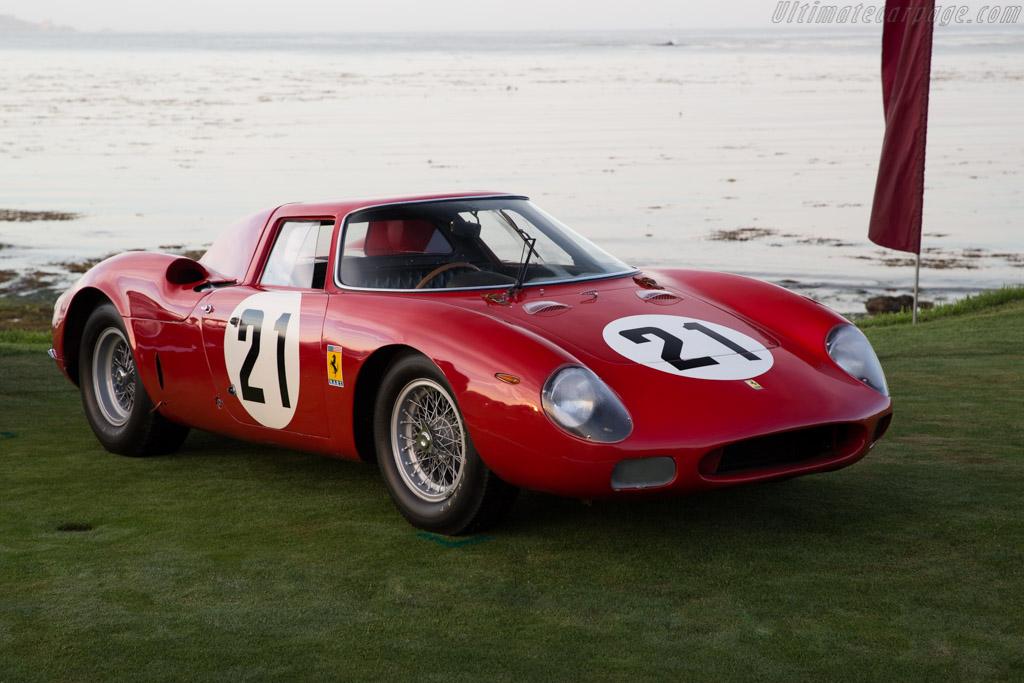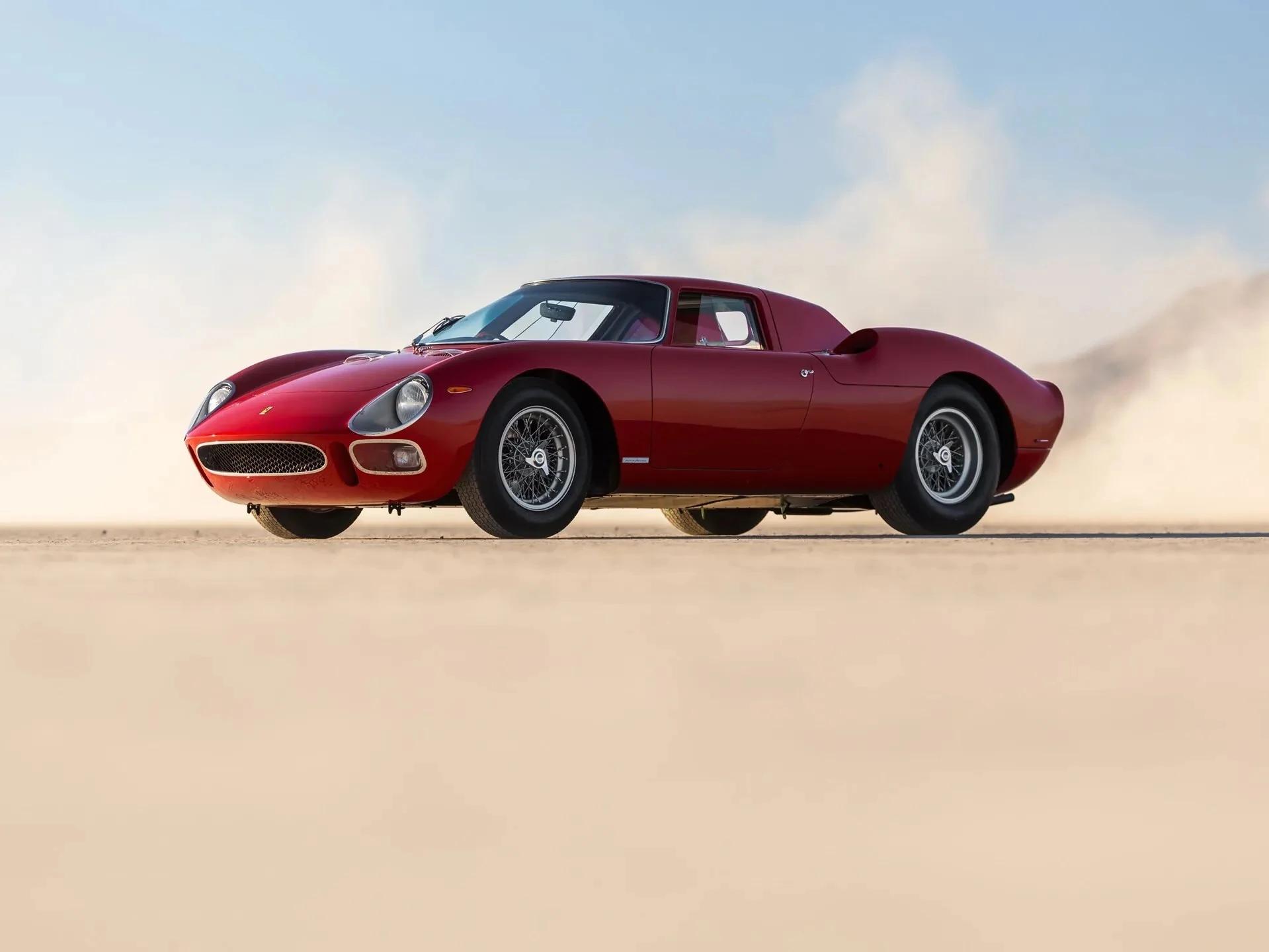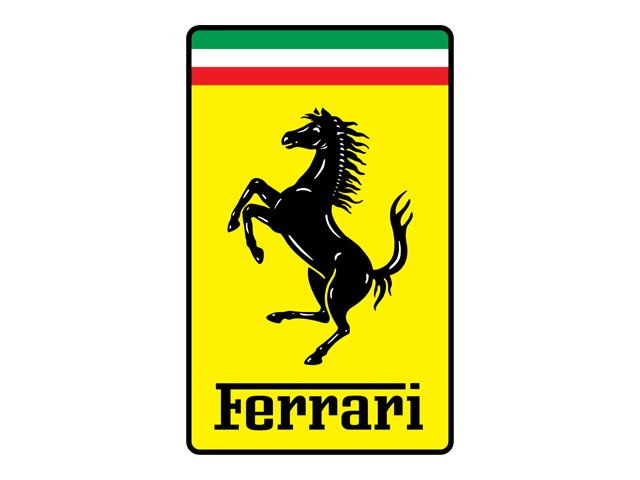None Ferrari 250 LM
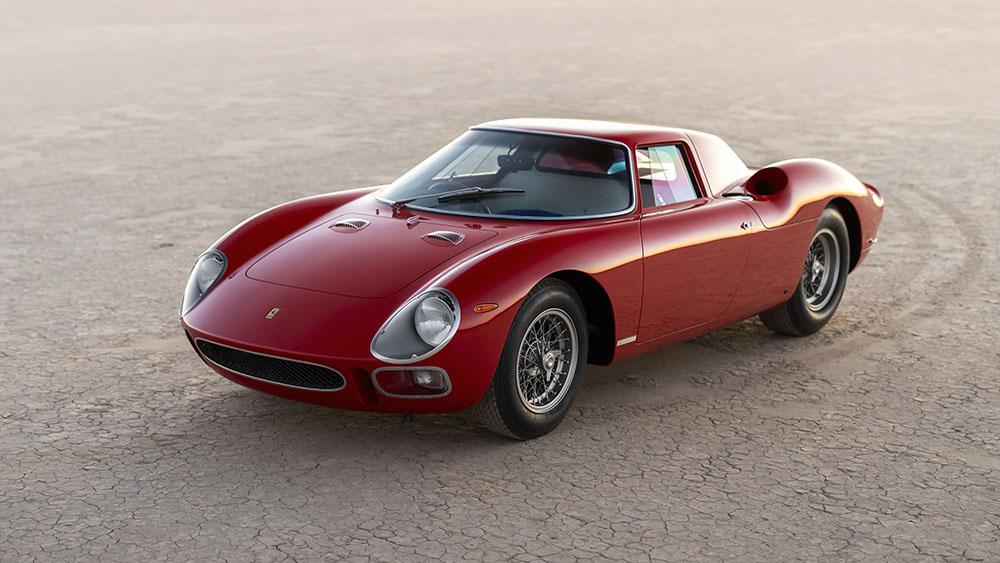
The descriptions of the Classic Cars in the Directory were partly generated or supplemented with the help of artificial intelligence (AI). The content may occasionally not always be entirely accurate or factually correct despite careful checking.
The Ferrari 250 LM is an iconic racing car that boasts an impressive list of technical specifications. Built between 1963 and 1966, the 250 LM was designed for endurance racing, featuring a number of components that were specifically crafted for performance and durability. Here are some of the technical details that make the Ferrari 250 LM a standout vehicle in the world of racing.
Engine Performance: At the heart of the 250 LM is a powerful V12 engine that delivers a whopping 320 horsepower. Built to perform at high speeds for extended periods, the engine features a number of advanced components, including a four-camshaft design, twin spark ignition, and six Weber carburetors.
Transmission: The 250 LM features a five-speed manual transmission that has been optimized for racing applications. The transmission is durable and lightweight, featuring a magnesium casing and close-ratio gears that allow for maximum acceleration and top speed.
Suspension: The Ferrari 250 LM features a fully independent suspension system that offers exceptional handling and stability. The front suspension is comprised of double wishbones with coil springs and telescopic dampers, while the rear suspension features a multi-link setup with coil springs and dampers. The suspension system is adjustable, allowing drivers to fine-tune the handling characteristics of the car for different racing conditions.
Brakes: The 250 LM's braking system is another critical component that has been designed for maximum performance. The car features four-wheel disc brakes with ventilated rotors, as well as an advanced dual-circuit hydraulic system that provides consistent stopping power even during intense racing conditions.
Chassis: The 250 LM's chassis is a lightweight tubular frame design that provides exceptional strength and rigidity. The body is made from aluminum panels and is designed to produce maximum downforce for improved handling at high speeds. The car's weight distribution is nearly perfect, with a 50/50 split between the front and rear axles.
Overall, the Ferrari 250 LM is a true marvel of engineering, designed to excel in the world of endurance racing. Its powerful engine, advanced transmission, and exceptional suspension and braking systems make it a standout among racing cars of its time, and it continues to be revered by car enthusiasts today.
Milestones
-Designed by Pininfarina and built by Scaglietti in 1963 -Debuted at the Paris Auto Show in October 1963 -Won overall at the 1965 24 Hours of Le Mans with Jochen Rindt and Masten Gregory driving -Became the last Ferrari to win overall at Le Mans -Only 32 were produced -Considered one of the most beautiful Ferraris ever made -One of the most successful racing cars of the mid-1960s -Highly sought-after by collectors, with prices in the millions of dollars -Featured in numerous films and television shows, including "The Love Bug" and "Magnum, P.I." -Continues to be a popular and prestigious symbol of Ferrari's racing history.Technical
- Engine: 3.0-liter Tipo 168 V12 - Power: 320 hp at 7,500 rpm - Torque: 240 lb-ft at 5,500 rpm - Top speed: 180 mph - Transmission: Five-speed manual - Suspension: Independent front and rear with double wishbone, coil springs and telescopic dampers - Steering: Rack-and-pinion - Brakes: Four-wheel hydraulic disc - Chassis: Tubular steel spaceframe - Body: Aluminum and fiberglass - Weight: 1,985 lbs (approx.) - Production years: 1963-1965 - Total produced: 32 units - Le Mans performances: 1st place overall in 1965, 2nd place overall in 1964, and 4th place overall in 1963